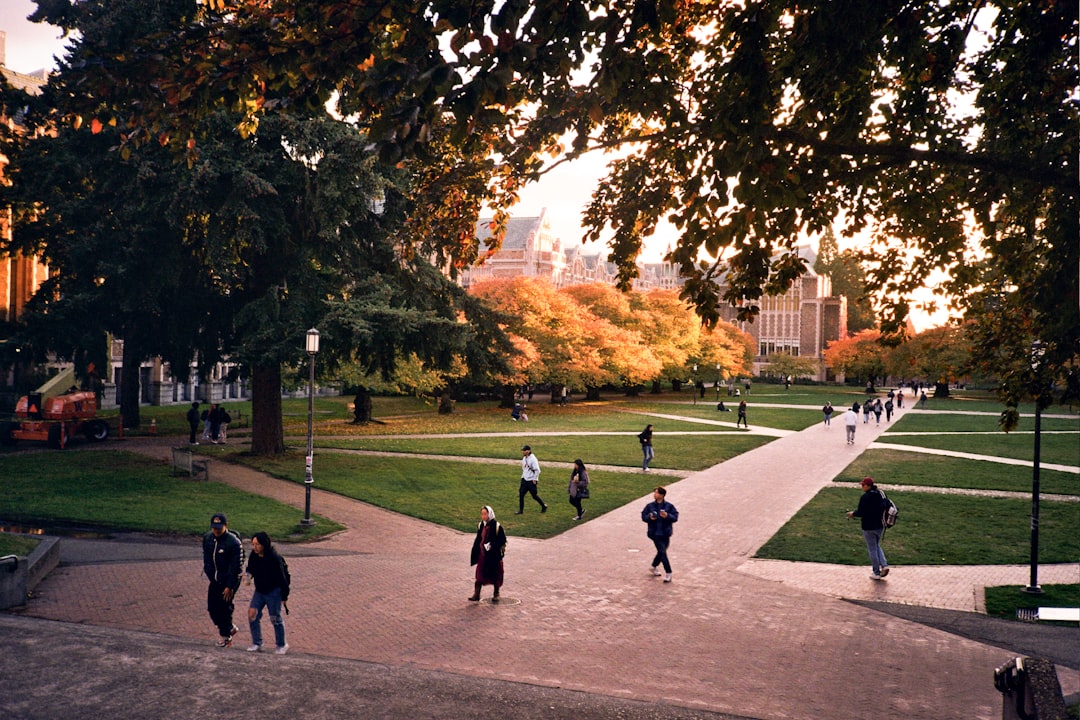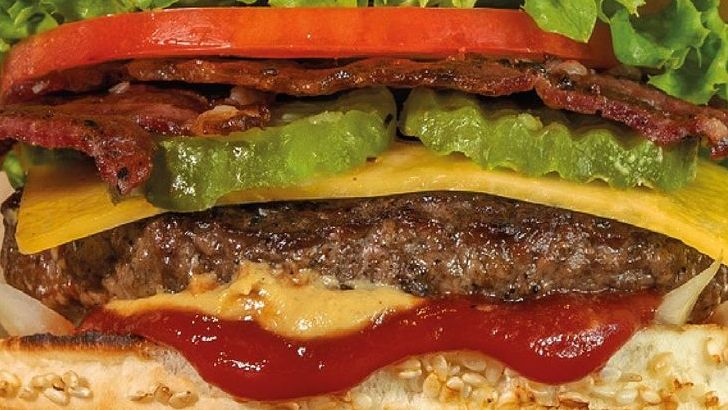A Shrinking Pool Changes Everything (Image Credits: Unsplash)
Picture the crisp fall air carrying a sense of unexpected calm for high school seniors eyeing their next chapter, as barriers that once loomed large start to fade away.
A Shrinking Pool Changes Everything
High school graduation numbers are dipping fast, kicking off what experts call a 15-year slide in potential college applicants. This isn’t just a blip; it’s reshaping how schools approach recruitment. After years of fierce competition, many institutions now scramble to fill seats rather than turn students away.
The trend builds on a 13% drop in graduates over the past 15 years, leaving admissions offices rethinking old strategies. Suddenly, the power dynamic flips, and colleges lean in to make the process inviting instead of intimidating.
No More Sticker Shock with Fee Waivers
One of the first casualties of this shift? Application fees that used to add up quickly for ambitious students. Now, hundreds of schools are ditching them entirely, especially for undergrad and grad programs in fields like engineering and business. It’s a small gesture that removes a real hurdle for families watching every dollar.
This move isn’t random. With fewer applicants overall, colleges aim to cast a wider net without scaring anyone off. Take public universities in places like California; they’re leading the charge to ensure cost doesn’t block the door.
One-Click Applications Speed Things Up
Who has time for endless forms these days? Smart schools are rolling out streamlined, one-click application options that cut the hassle to minutes. These tools pull in data from high school records or prior submissions, letting students focus on essays or extracurriculars that matter.
It’s like upgrading from a clunky old car to a sleek electric ride – smooth and efficient. This simplification appeals to tech-savvy teens and busy parents alike, boosting submissions without the usual dread.
Deadlines Stretch Out for Flexibility
Traditional May 1 cutoffs? They’re bending, with many colleges extending deadlines well into summer. This gives students breathing room for final decisions, especially if life throws curveballs like family changes or unexpected opportunities.
Some even recruit post-deadline, offering spots to qualified kids who hadn’t applied yet. It’s a kinder approach that acknowledges not everyone fits a rigid timeline, making higher education feel more accessible.
Acceptance Rates Climb, Odds Improve
Here’s the real game-changer: overall acceptance rates have jumped to about 60% from 50% a decade ago. While elite spots like Harvard stay ultra-competitive, most schools now welcome six out of every ten applicants. That shift eases the pressure on average students chasing solid programs.
To break it down:
- Elite universities: Still 3% or less, like before.
- Public four-year schools: Up to 70-80% in many cases.
- Community colleges: Often 90%+, serving as easy entry points.
- Private non-elites: Hovering around 65%, with room to grow.
This broader openness means more paths forward, not just dead ends.
Direct Admissions: Skipping the Line
California’s state university system is expanding direct admissions to 16 campuses, auto-offering spots to eligible high schoolers based on grades and basics – no full application needed. It’s like getting an invite before the party starts, streamlining for those who qualify.
Other states are watching closely, with pilots showing higher enrollment among underrepresented groups. This targeted help counters the applicant drought while building diverse classes.
Lessons from the Pandemic Linger
Test-optional policies, born out of COVID disruptions, stick around at over 2,000 schools. No more SAT stress for many, shifting focus to holistic reviews like personal stories and achievements. It’s a lasting nod to equity in a changing world.
Yet challenges remain, like ensuring these easings reach rural or low-income kids. Colleges must keep innovating to bridge gaps.
| Era | Acceptance Rate | Key Change |
|---|---|---|
| 2010s | ~50% | High competition, strict deadlines |
| 2025 | ~60% | Fee waivers, flexible apps |
Key Takeaways
- Fewer applicants mean more perks, like waived fees and easy apps.
- Acceptance odds are better than ever for most schools.
- This trend could reshape access to higher education for years.
As colleges adapt to fewer applicants, the admissions journey turns from ordeal to opportunity, opening doors wider for the class of 2029 and beyond. It’s a reminder that change can bring relief when least expected. What surprises you most about these shifts? Share in the comments below.







